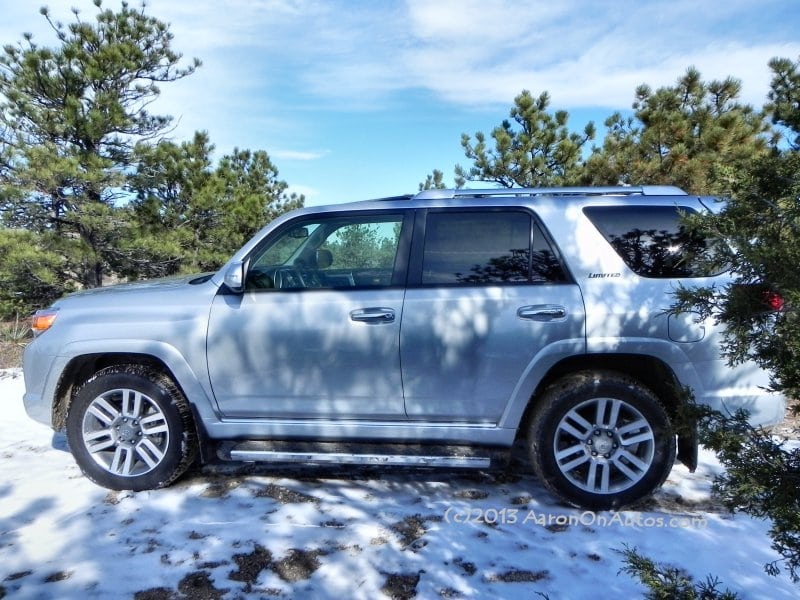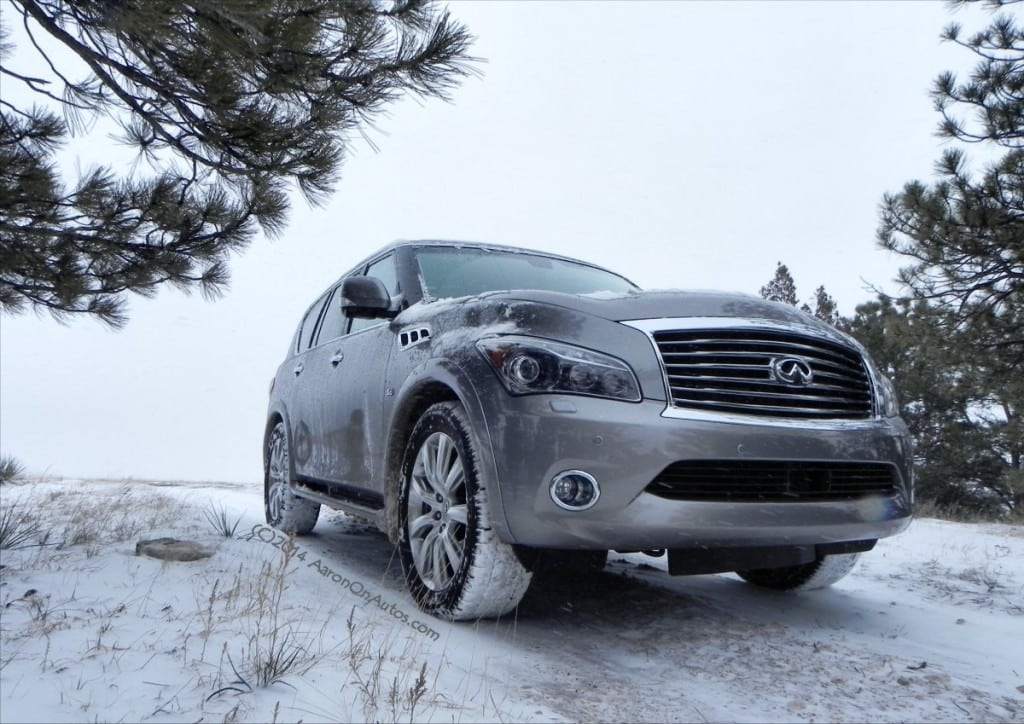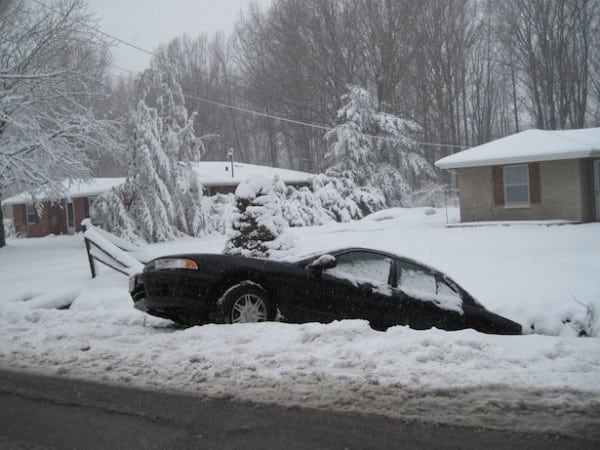The older your battery is, the higher the chance that it will fail in frigid weather. And of course, without a working battery, you’ll end up stranded. Extreme cold reduces the battery capacity down to approximately 50% of normal when the mercury in your thermometers drops below -22 F.
If your battery is older than three years, it’s time to replace it. You may be able to stretch that to 5 years if you don’t drive much but the longer you keep an old battery, the higher the risk that you’ll end up with a car that won’t start.
Getting Stuck In Thick Oil
The oil you use during summer months is probably a higher viscosity — the higher the number on your oil bottles, the thinner your oil is.
Check your car’s owner’s manual, and you’ll probably see two different options for oil, one designed for warm weather and one designed for cold weather. Even if you’re not due for a change, consider getting your oil changed anyway to prepare for the winter. If your oil gets too cold and subsequently too thick during cold weather, it might be impossible to get your engine to turn over.
Another way to avoid thick oil is to park your car in an insulated garage. That way, your vehicle stays warmer when you’re not driving it, and the oil doesn’t get a chance to thicken up. Plus, it’s more comfortable for you when you walk to your car in the morning, so it’s a win-win.
Use Winter Tires
If you live in an area that regularly gets below 44 degrees F, it’s a smart idea to invest in winter tires. These tires are formulated to stay soft and pliable in freezing and sub-zero temperatures to enable you to have the maximum amount of traction. All-weather tires start to harden at these cold temperatures, compromising your grip on the road.
If you see that you’ve got some cold weather on the horizon, head to the tire shop and get outfitted for winter tires. They’re not suitable for all-weather driving, but they could save your life on a snowy road.
Older cars don’t handle cold weather as well as newer models do, but there isn’t really a temperature cut-off where it’s too cold to drive — unless you live somewhere that reaches -70Fwhich is the freezing point of gasoline. If you can reach your destination safely and your car starts readily, then feel free to drive out into the snowy night. If you can’t be sure of either of those things, though, you might want to stay home until the roads start to thaw a little bit.









